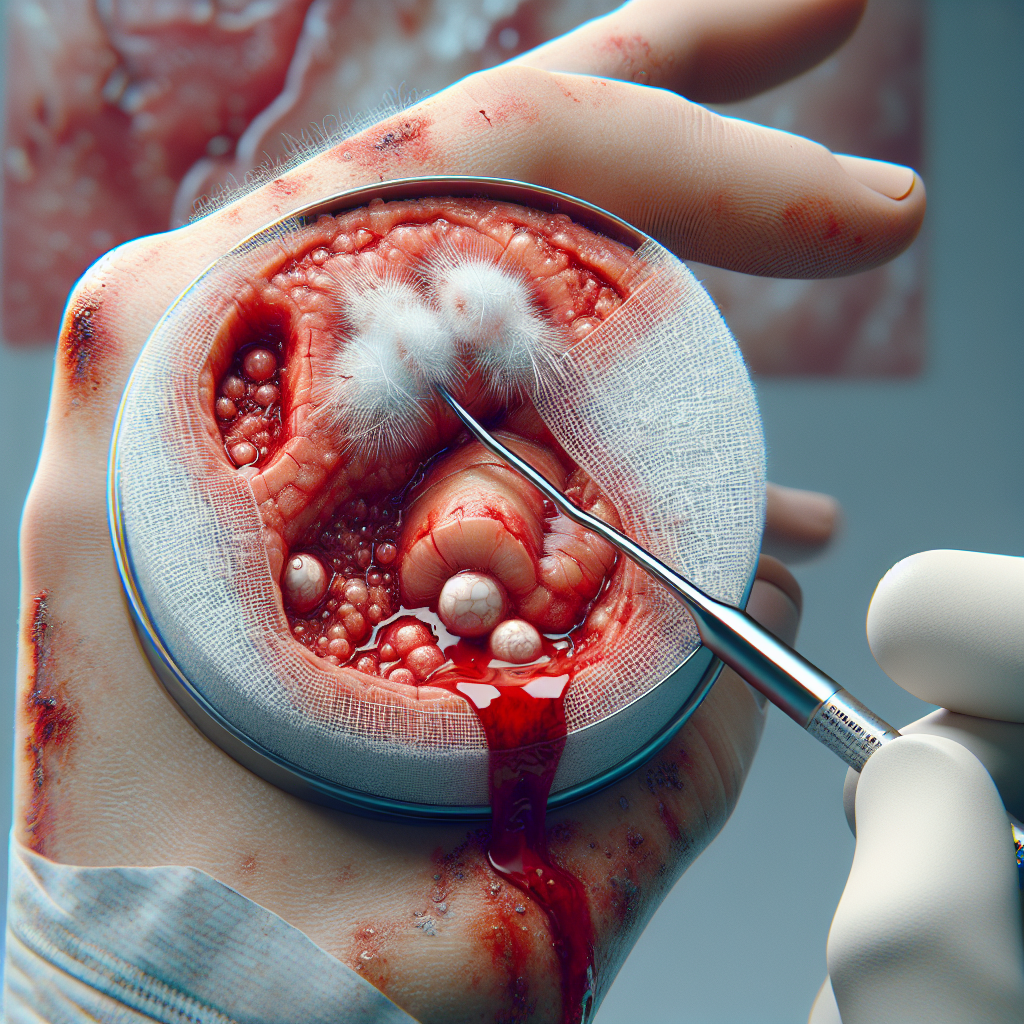Introduction
Imagine you’re slicing vegetables in your kitchen, and oops!—a slip of the knife leaves you with a small cut. At first, it seems minor, but days later, there are subtle changes that make you wonder if it’s becoming infected. Knowing what a mild infected cut looks like can be crucial in ensuring prompt and effective treatment.
- Understanding Infected Cuts
- Signs of a Mild Infection
- Treating a Mildly Infected Cut
- When to Seek Medical Help
- Preventive Measures
- Key Takeaways
- FAQs
- Conclusion
Understanding Infected Cuts
A cut, no matter how small, disrupts the skin’s integrity, opening a gateway for bacteria and pathogens. An infection occurs when these microorganisms invade and proliferate within the wound site. But what does this mean for you? A mild infection typically signals that bacteria have begun to take hold, but the body’s immune response is still managing to keep it in check.
Signs of a Mild Infection
Recognizing the signs early can make all the difference. So, what should you look out for?
- Redness: Surrounding the wound area, redness could be a primary indicator.
- Swelling: Mild swelling often accompanies an infected cut.
- Pain: Persistent or worsening pain might be a red flag.
- Warmth: The area may feel warmer than the surrounding skin.
- Discharge: A clear or slightly cloudy fluid may seep from the cut.
If you notice these symptoms, it’s time to take action. For more detailed information on similar topics, consider checking our minor injury treatment page.
Treating a Mildly Infected Cut
You don’t always need to rush to the doctor for a mild infection. Here are steps you can follow at home:
- Clean the Wound: Use mild soap and water to clean the area gently.
- Apply Antibiotic Ointment: Over-the-counter options like Neosporin can help.
- Keep it Covered: Use a sterile bandage to protect the cut from further exposure.
- Monitor the Progress: Keep an eye on the symptoms. If they worsen, it’s time to seek professional help.
For more comprehensive urgent care services, visit our urgent care services page.
When to Seek Medical Help
Sometimes, home remedies aren’t enough. Here’s when you should consult a healthcare provider:
- The redness spreads significantly beyond the wound area.
- You develop a fever.
- Pus forms around the cut.
- The pain becomes severe or unbearable.
- The symptoms persist for more than a few days despite home treatment.
If in doubt, don’t hesitate to seek professional advice. Our professionals in Hinsdale are always ready to assist you.
Preventive Measures
An ounce of prevention is worth a pound of cure. Simple steps can prevent your cuts from becoming infected:
- Maintain Cleanliness: Always wash your hands before touching a wound.
- Avoid Irritants: Refrain from using harsh chemicals near the cut.
- Change Dressings Regularly: Keep the wound dressing fresh and sterile.
- Avoid Picking: Let the scab form naturally without interference.
For pediatric concerns, our specialized pediatric urgent care can provide tailored advice for your little ones.
Key Takeaways
- Mild infections show signs like redness, swelling, pain, warmth, and discharge.
- Treat minor infections at home by cleaning, applying ointment, and keeping the wound covered.
- Seek medical help if symptoms worsen or if systemic signs like fever appear.
- Prevention includes cleanliness, avoiding irritants, changing dressings, and not picking at wounds.
FAQs
How quickly can a cut become infected?
An infection can develop within hours or days after the cut occurs. Keeping the wound clean minimizes this risk.
Is redness around a cut always a sign of infection?
No, initial redness is part of the normal healing process. However, if it persists or worsens, it could indicate an infection.
Can I use hydrogen peroxide on an infected cut?
Hydrogen peroxide is not recommended for long-term use as it can damage healthy tissue. For more info, read why it’s no longer recommended here.
Conclusion
Cuts are an inevitable part of life, but knowing how to identify and treat a mild infection can save you from complications. By recognizing the signs early and taking appropriate action, you can ensure quicker healing and avoid serious issues. Remember, when in doubt, professional healthcare providers are just a visit away. Take control of your health and keep those minor injuries from turning into major problems.
For more detailed information on related topics, don’t hesitate to explore our resources on patient services.
If you found this article helpful, share it with friends and family to spread awareness about proper wound care!




